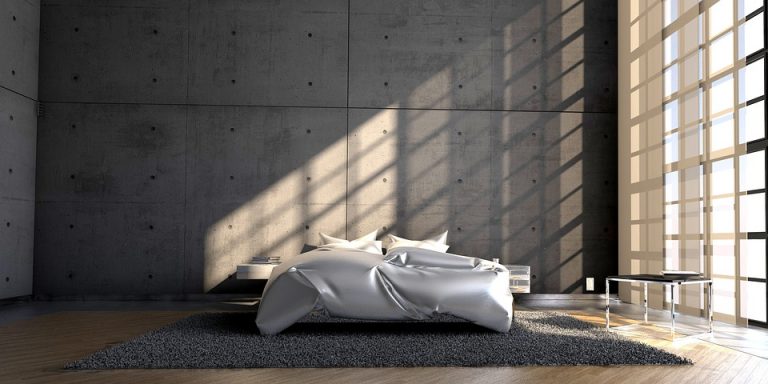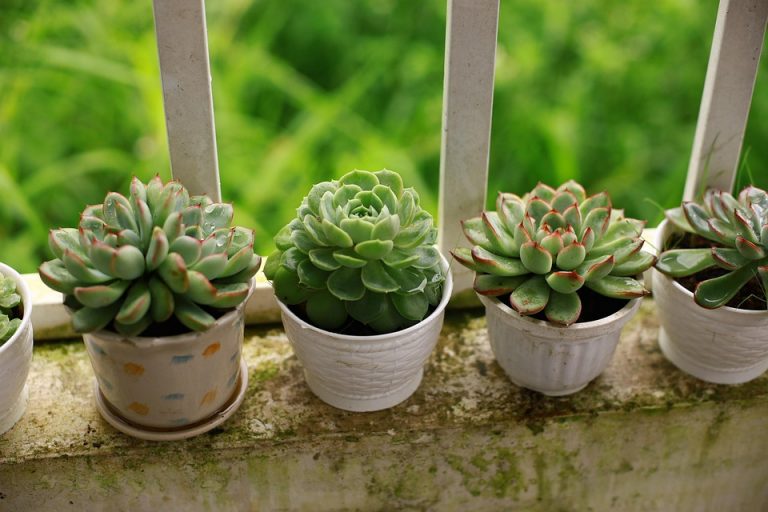Contents
- 7 Chic Small Space Solutions For Tiny Apartments
- Small Space Solutions That Transform Your Layout
- 2. Vertical Storage That Feels Airy
- 4. Smart Dividers That Protect Privacy Without Closing Off
- 6. Decluttering Rituals And Minimalist Systems
- Putting It Together: A Simple Game Plan
- Small Space Solutions For Renters And Owners
- The Science And The Soul Of Small Space Solutions
- Bold Styling Tips To Keep It Chic
- Small Space Solutions For Different Lifestyles
- Maintenance: Keep The Gains
- Bottom Line
- FAQ
7 Chic Small Space Solutions For Tiny Apartments
Small space solutions are compact, clever strategies that make a tiny apartment feel roomy, intentional, and undeniably stylish. They matter because you deserve a home that works for your life — not a life that works around your home. When you use small space solutions, you get calm mornings, efficient evenings, and a place that feels like yours.
You’ll read honest, experienced advice here — ideas I’ve tested, loved, and polished. I’ll show you seven chic approaches that solve real problems: storage, flow, light, privacy, function, and style. Each idea uses design smarts and practical science so you can live large in a small footprint.
Small Space Solutions That Transform Your Layout
First, accept this: small doesn’t mean cramped. It means deliberate. The fastest way to feel bigger is to edit with intent. A Princeton study on clutter and stress links chaotic spaces to higher cortisol levels, so cleaning up is not vanity — it’s health. Use these small space solutions to reduce stress and reclaim clarity.
1. Multi-Function Furniture With High Design
Buy pieces that work twice as hard. A sofa bed that doesn’t look like a dorm relic. A coffee table with hidden drawers. A dining set that converts into a desk.
- Choose clean lines and neutral fabrics so each piece blends rather than screams for attention.
- Look for furniture with built-in storage — under-seat compartments, lift tops, or modular systems.
- Consider floating fold-down tables that create space when you need it and disappear when you don’t.
These are not compromises. They are investments in freedom. Studies on ergonomics and small dwellings show that purposeful furniture improves daily function and satisfaction. Treat furniture like tools, not trophies.
2. Vertical Storage That Feels Airy
When floor space is sacred, look up. Vertical storage uses walls, corners, and height to free your floor.
- Install open shelving above eye level for rarely used items.
- Add tall, narrow cabinets to tuck away bulk without dominating the room.
- Use wall-mounted baskets and pegboards in kitchens and bathrooms.
This isn’t about covering walls in clutter. It’s about layering: a slim bookcase, a floating shelf, a hook rail. Together they create rhythm and organization. Neuroscience research links visual order to reduced anxiety — so vertical storage is a small space solution that soothes.
3. Lighting Tricks That Expand Perception
Good lighting changes everything. A study from a leading university shows that layered lighting can make small spaces feel larger and more welcoming.
- Use three layers: ambient, task, and accent lighting.
- Choose floor lamps or sconces to free table space and lift the eye.
- Place mirrors across from windows to double daylight and visually extend the room.
Swap heavy drapes for sheer panels to let light breathe. Light isn’t just about seeing — it sculpts your space. Bright, even light makes corners dissolve and surfaces feel more generous.
4. Smart Dividers That Protect Privacy Without Closing Off
You don’t need walls to create rooms. Portable screens, shelving, and curtains give you separation without the claustrophobia.
- Try a low open bookshelf as a divider to keep sightlines open.
- Use ceiling-mounted track curtains to create soft zones you can hide when needed.
- Glass or translucent panels keep light moving while defining areas.
Architects use sightlines to orchestrate a space. When you divide thoughtfully, you gain function without sacrificing air or light. That’s the heart of practical small space solutions.
5. Color, Pattern, And Texture For Seamless Flow
Color unites small rooms. A consistent palette of two or three hues carries the eye, making transitions feel intentional.
- Paint ceilings a soft, airy tone or the same color as the walls to raise perceived height.
- Use rugs to define zones without cutting the room in half.
- Layer textures — woven baskets, linen curtains, matte metals — for depth without clutter.
Color psychology matters. Research from design institutes shows that cohesive palettes reduce cognitive load and create a sense of calm. Choose colors that lift you and make your tiny apartment feel purposeful.
6. Decluttering Rituals And Minimalist Systems
Decluttering isn’t a one-time purge. Make it a ritual. The American Psychological Association highlights how clutter harms focus; the antidote is routine.
- Adopt the “one-in, one-out” rule for clothes and kitchen gadgets.
- Keep daily items in dedicated zones: entry caddy, vanity tray, nightstand basket.
- Schedule a monthly 20-minute reset to put things back where they belong.
Minimalism isn’t about austerity. It’s about having what you love and using it well. These small space solutions protect time and mental energy.
7. Tech And Tiny Utilities That Add Big Value
Smart tech punches above its weight in a small apartment. Tiny appliances and clever gadgets make life easier and cleaner.
- Choose compact appliances designed for efficiency: slim washers, counter-depth fridges, and induction cooktops.
- Use smart plugs and lighting to automate comfort and save energy.
- Explore modular closets with adjustable shelving for seasonal rotation.
Energy studies and consumer reports show that compact, efficient appliances reduce utility costs and free space. Tech is a tool—use it to streamline chores, not complicate them.
Putting It Together: A Simple Game Plan
If you leave with one truth, let it be this: editing beats adding. Start small, tackle one zone, and celebrate the wins.
- Declutter: Remove anything you haven’t used in a year.
- Define zones: Living, working, sleeping — give each a purpose.
- Invest in one multi-function piece that elevates the room.
- Layer light and add one vertical storage solution.
- Finish with textiles and a plant for life.
This method mirrors how professional designers stage apartments for sale: remove distractions, enhance light, and create flow. You’ll feel the difference in a weekend.
Small Space Solutions For Renters And Owners
Whether you rent or own, you can apply these approaches. Renters can use non-damaging hooks, portable island units, and soft dividers. Owners can invest in built-ins and long-term systems.
- For renters: peel-and-stick storage, tension rods, and freestanding units.
- For owners: custom closets, built-in benches, and permanent lighting upgrades.
Adaptability is a core small space solution — the ability to change your layout without a contractor gives you agency.
The Science And The Soul Of Small Space Solutions
Design is both practical and emotional. Research from environmental psychology connects organized spaces to better sleep and mood. Good design responds to your daily rhythms. Ask yourself: where do you move most? Where does clutter accumulate? Answer honestly, then apply one targeted solution.
You can measure success in real ways: fewer lost keys, faster morning routines, calmer evenings, and a home that welcomes you.
Bold Styling Tips To Keep It Chic
Style is a final layer. Keep these principles in mind:
- Choose a focal piece — a rug, artwork, or a statement lamp — and let other items support it.
- Embrace negative space. Empty corners are as powerful as full shelves.
- Mix finishes sparingly. Two metals and one wood tone create harmony.
Chic doesn’t mean expensive. It means intentional. It means you made choices that reflect who you are.
Small Space Solutions For Different Lifestyles
Your life matters. A single artist needs a studio set-up; a couple needs a folding dining solution; someone who works from home needs a clear office zone.
- For creatives: wall-mounted boards and a fold-away table.
- For couples: a dual-purpose console that becomes a desk or dining surface.
- For remote workers: a standing shelf desk to switch postures and keep energy up.
Design to support what you do. That makes your apartment an asset, not an obstacle.
Maintenance: Keep The Gains
The work continues — but it’s small. A five-minute nightly reset, a weekly declutter basket, and seasonal purges keep space feeling generous.
Create systems that fit your rhythm. Tiny habits preserve the big wins you’ve made.
Bottom Line
Small space solutions give you back what tiny apartments take: time, calm, and dignity. Use multi-function furniture, vertical storage, layered lighting, smart dividers, cohesive color, decluttering rituals, and efficient tech. These are practical, research-backed strategies that craft a home you want to live in every day. Start with one change, and let momentum carry you forward.
Be bold. Edit with love. Your apartment will thank you.
FAQ
How do I prioritize which small space solutions to try first?
Start where you feel stress: if mornings are chaotic, organize clothing and entryway. If evenings are cramped, add a multi-function table or better lighting. Pick one zone and one solution, then build.
Are these small space solutions renter-friendly?
Yes. Many ideas use temporary fixes: peel-and-stick hooks, tension rods, freestanding shelves, and track curtains. You can create major change without drilling holes.
Will investing in multi-function furniture be worth it?
Absolutely. Quality multi-function pieces reduce clutter, perform multiple roles, and often save money over time by replacing several single-use items. Look for good materials and warranties.
How can I keep a small apartment from feeling cluttered over time?
Adopt the one-in, one-out rule, set a weekly 20-minute reset, and keep designated homes for everyday items. Small rituals prevent big messes.
Can lighting really change the perception of space?
Yes. Layered lighting and mirror placement can visually expand a room. Bright, even light reduces harsh shadows and makes surfaces read larger.
— — —
References
Harvard Health published an article showing how clutter contributes to stress and affects mental health (http://www.health.harvard.edu/mind-and-mood/clutter-contributes-to-stress).
The U.S. Department of Energy offers guidance on lighting choices that save energy and improve comfort, relevant to lighting strategies for small spaces (http://www.energy.gov/energysaver/lighting-choices-save-you-money).
A Journal of Environmental Psychology article discusses how organized environments improve well-being and cognitive function (http://www.sciencedirect.com/science/article/pii/S0272494416300436).








